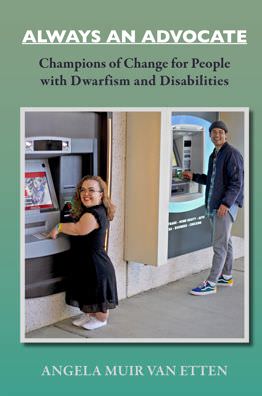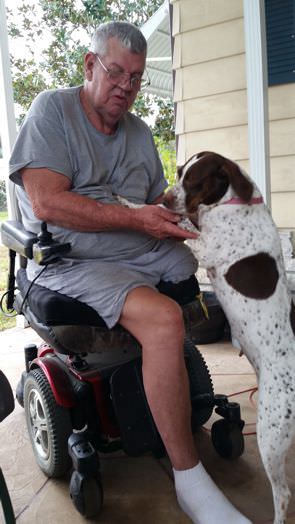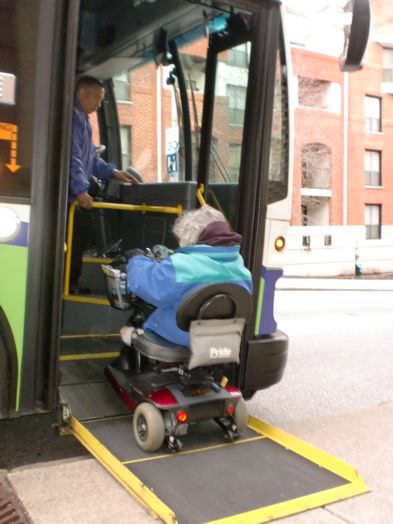
When Congress enacted the Americans with Disabilities Act (ADA) in 1990 they adopted the same definition of disability used in the Rehabilitation Act of 1973. They expected that courts would follow Rehabilitation Act caselaw when deciding who is disabled. Shockingly this did not happen. Instead courts narrowly interpreted the disability definition leaving many ADA claimants without justice.
As a result, discrimination against people with attention deficit hyperactivity disorder, bipolar disorder, blood cancer, major depression, diabetes, epilepsy, learning disabilities, multiple sclerosis, and sleep apnea went unchecked.
Want to subscribe to receive blog updates sign up today!
A diabetic could be denied coverage due to the mitigating measure of taking insulin leading to the absurd result that an employer could refuse an accommodation request to take a break to administer insulin because the employee was not disabled!
The Supreme Court of the United States (SCOTUS) cemented this trend in two chilling cases. In Sutton v. United Air Lines, Inc., 527 U.S. 471 (1999), severely myopic twin sisters with uncorrected visual acuity of 20/200 were counted as nondisabled because their vision could be corrected with eyeglasses and contact lenses. In Toyota Motor Manufacturing, Kentucky, Inc. v. Williams, 534 U.S. 184 (2002) an employee with carpal tunnel syndrome was denied relief even though she was unable to perform manual tasks associated with her specific job. In creating a demanding standard to show disability, SCOTUS required the employee to be unable to perform tasks central to most people’s daily lives.
So how do we push back against SCOTUS decisions that allow disability discrimination to run rampant? It took several years, but Congress finally took action to reject Sutton and Toyota Motor Manufacturing, Kentucky rulings. Effective on January 1, 2009, the ADA Amendments Act of 2008 (ADAAA) reinstated a broad scope of protection for people with disabilities and made it easier for them to prove disability within the meaning of the ADA.
The ADAAA and implementing regulations retained the ADA’s basic definition of disability as an impairment that substantially limits one or more major life activities, a record of such an impairment, or being regarded as having such an impairment. However, it changed how these statutory terms should be interpreted:
- An impairment that substantially limits one major life activity need not limit other major life activities in order to be considered a disability and is a lower threshold than “prevents” or “severely or significantly restricts.”
- The definition of “major life activities” was expanded to include two non-exhaustive lists and is not determined by reference to whether it is of “central importance to daily life.”
- Mitigating measures that eliminate or reduce the symptoms or impact of an impairment shall not be considered in assessing whether an individual has a disability with the exception of “ordinary eyeglasses or contact lenses.”
- An impairment that is episodic or in remission is a disability if it would substantially limit a major life activity when active.
Congress corrective action put the ADA back on track and reminds us not to give up when courts take a wrong turn.
For additional information on the ADAAA, go to https://www.eeoc.gov/statutes/americans-disabilities-act-amendments-act-2008
For information on my books and blog, go to https://angelamuirvanetten.com.









